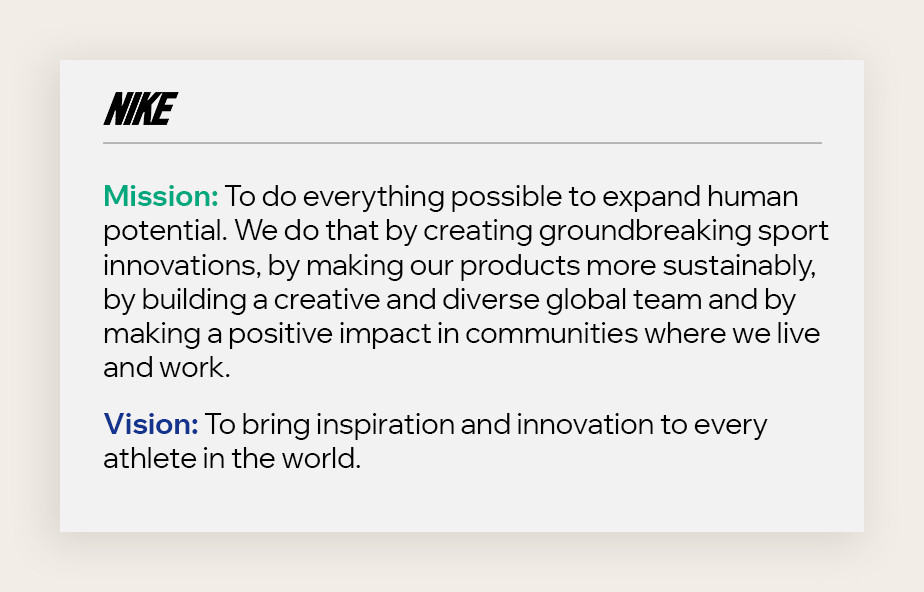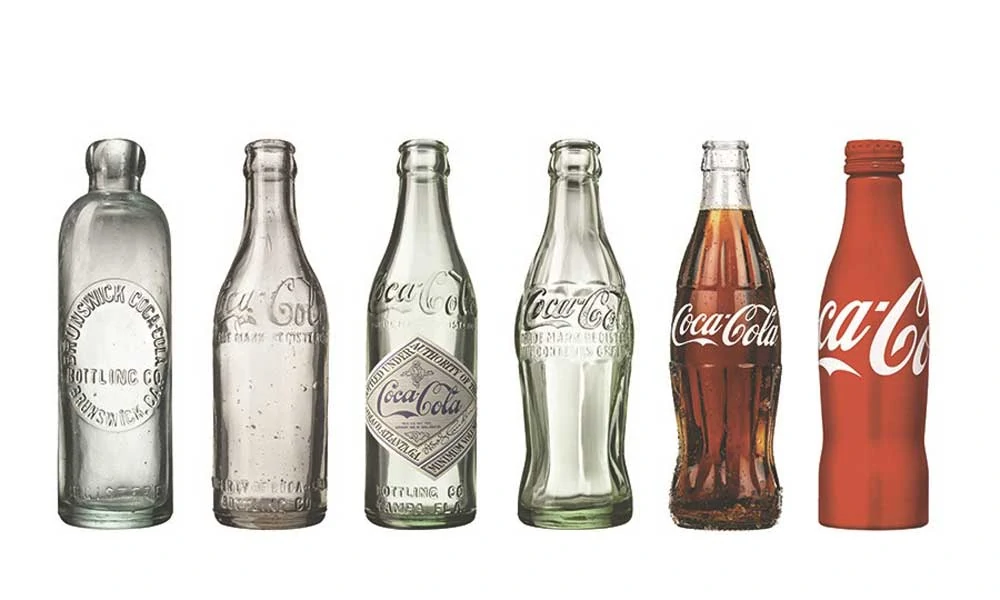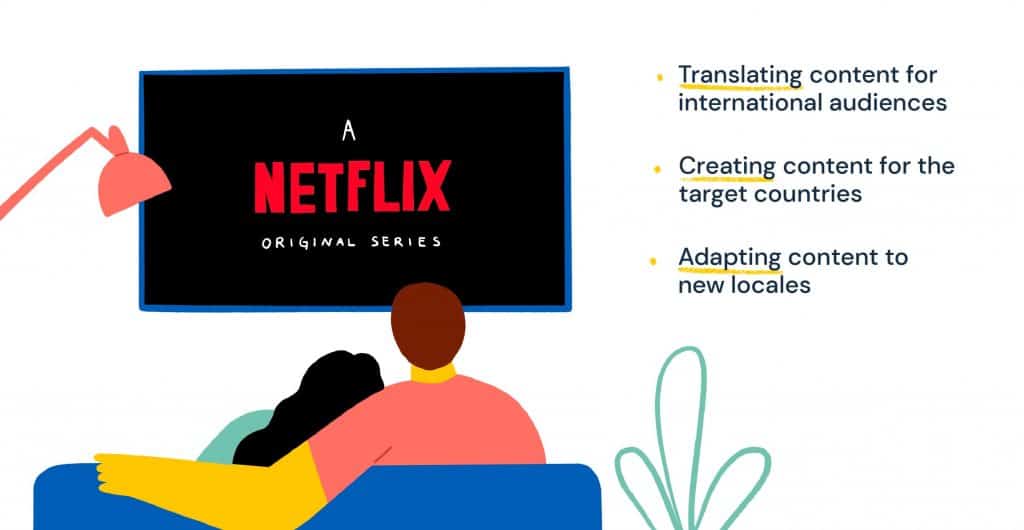Brand Growth Strategy: An Introduction to Branding
A brand growth strategy is a long-term plan companies implement to increase their market share and brand equity. It involves strategically growing the reach and impact of a brand, allowing it to stay competitive. Companies can achieve long-term growth and beat the competition with a practical, well-defined brand growth strategy.
Apple Inc., for instance, exemplifies one type of successful brand growth strategy. Apple has successfully executed its version of such a plan over time by concentrating on innovation in product development while simultaneously constructing a solid brand identity.
The iPhone's introduction revolutionised the smartphone industry and propelled Apple into technology's big leagues.
This example illustrates that strategic marketing campaigns and great user experiences pave the way for continued success.
Companies must commit to playing the long game to build loyal customers and increase market share.
Table of Contents
Importance of a Brand Growth Strategy

A brand growth strategy is essential for businesses that want to establish themselves in the market and stay ahead of their competitors. It allows them to increase brand awareness, customer loyalty and market share. With a clear brand growth strategy, businesses can easily differentiate themselves from their rivals and get through to customers.
Nike is an excellent example of this: its brand growth strategy has helped make it one of the world's leading sportswear brands. By constantly innovating, running savvy marketing campaigns and getting people engaged with its products, Nike has increased its sportswear market share and built strong feelings about what it stands for.
For instance, few people don't associate ‘Just Do It' with Nike – an iconic slogan that sums up everything about the company and why it has been so successful.
Critical Elements of a Successful Brand Growth Strategy
A brand growth strategy has multiple factors that contribute to its success. Firstly, understanding and identifying your target audience is essential to reach and engage customers effectively. You can do this by conducting comprehensive market research, analysing consumer behaviours and gaining insights into their preferences. Businesses that understand their target audience can tailor their brand strategies to appeal specifically to them.
For instance, Amazon's brand growth strategy centres around customer centricity. It understands its target audience well and continuously analyses customer data to gain insight into behaviours and preferences to personalise the shopping experience, recommend relevant products and build strong relationships with its customers.
Understanding your target audience is essential, but it's also crucial for a successful brand growth strategy that you develop a strong enough brand identity or positioning for your business. A strong brand identity differentiates a company from competitors and creates a unique value proposition.
By clearly defining what the company represents or stands for, businesses can ensure they effectively communicate the company values, personality and mission.
An example of a well-established business with a powerful identity would be Coca-Cola, which aims to create happiness, joy, and sharing.
Coca-Cola has created a firm brand identity through consistent messaging, visual branding techniques such as colours, fonts, etc. and emotional storytelling that appeals to consumers worldwide.

Consistent messaging across all channels is another integral element of any successful brand growth strategy – ensuring that no matter where someone encounters your message, online ads, social media posts, etc., they recognise it's from you.
This consistency helps build awareness recognition whilst reminding people what makes your product/service offering worth considering.
A perfect example of this in practice would be McDonald's, whose messages featuring fast/ affordable food remain consistent across all platforms – whether through TV advertising campaigns, social media presence or even when visiting one of their restaurant branches
Monitoring and measuring brand performance and customer feedback is essential to implement a brand growth strategy. By tracking key performance indicators (KPIs) and analysing customer feedback, businesses can make data-driven decisions and take proactive measures to improve their brand strategies.
An excellent example of a company that effectively monitors brand performance is Airbnb. Through its review system and feedback loop, the firm gathers insights from both hosts and guests that help it steadily refine its platform in response to user experiences or issues – in other words, based on actual data.

Adaptability and flexibility are also critical elements of an effective brand growth strategy. In a fast-changing market environment, businesses need to be adaptable to new trends, technologies or consumer preferences if they're going to enjoy sustainable long-term growth. Being open to change – evolution even – helps them stay ahead of competitors.
Zara makes for a good example here, too. A fashion retailer with a fast-fashion model at its core, Zara has quickly responded to changing fashion trends by adapting product offerings and supply chain operations efficiently enough for the changes to matter when they're on sale in stores.
Different Approaches to Brand Growth
To achieve brand growth, businesses can adopt various approaches. Each approach targets different opportunities in the market and emphasises a specific aspect of business expansion.
- Market Penetration: Businesses can expand their market share by focusing on existing customers or targeting new geographic regions. The aim is to increase your customer base and market share by expanding the current market. For example, Starbucks has expanded its global presence by opening stores in different cities and countries.
- Market Development: Market development identifies opportunities for growth by targeting new market segments with your existing products or services. This strategy allows you to reach new customers with different preferences or needs. An example is Coca-Cola's expansion into the health and wellness market with acquisitions like Honest Tea and SmartWater.
- Product Development: Product development involves creating or improving new products to meet changing customer needs. Expanding and innovating your product range can attract more customers while keeping hold of current ones. Apple's launch of the Apple Watch diversifies its product range and appeals to an entirely new audience.
- Diversification: Diversification means entering a fresh industry or market – often unrelated to your present business activities – with brand-new products or services. This type of strategic change helps companies explore exciting opportunities for growth beyond their core business activity whilst reducing risk at the same time. Take Amazon's expansion into cloud computing via Amazon Web Services (AWS). It generated significant revenue for the firm, initially an online marketplace selling books.
A good grasp of the various brand expansion strategies allows companies to optimise their growth objectives by selecting the most appropriate one. It is important to note that these strategies are not mutually exclusive and can be combined to fit specific market conditions and goals.
Successful Brand Growth Strategies: Case Studies
By delving into case studies of successful brand growth strategies, we can gain practical insights into how such methods are implemented. Here are some notable examples to consider:
- Porsche: Collaborated with Twitch to reach an untapped demographic and promote their electric vehicle launch. By harnessing the power of Twitch's platform and targeting players, Porsche created brand awareness among people who might not have considered buying a luxury car before.
- Enterprise: Sponsored a music festival to lift brand awareness and consideration. This lets Enterprise tap into a younger audience, showing them it gets their interests and lifestyle.
- Shell: Used data science to predict when drivers would need oil – then aimed marketing at them. By crunching numbers on consumers' habits and sending relevant ads, Shell made its brand more meaningful for customers – just when they were likely to buy more of its products.
- Papa John's: Gave money saved from its Christmas advertising campaign to charity. Papa John's decision helped build positive sentiment around the brand and support good causes, building loyalty.
- Bloom & Wild: Launched in international markets by adapting product strategy based on cultural insights. Bloom & Wild did this by understanding what different cultures like receiving through their letterbox delivering gifts, allowing it to expand outside the UK successfully and grow as a global brand.
- Gymshark: Supported customers during the COVID-19 pandemic with initiatives designed to win trust and create loyalty for Gymshark has been significant during difficult trading conditions because of the coronavirus since value-added services are particularly useful now for fitness fans seeking guidance on staying healthy at home.
- Weber: Changed social media strategy so Weber is much better known than before. Webber is associated with barbecues worldwide but needed more digital visibility, which impacted sales potential. After changing the social media approach, Weber achieved greater online visibility, which explains how it increased engagement levels over time.
- FabFitFun: Worked with influencers. FabFitFun's subscription box service grew fast from influencer partnerships; these offered scale benefits to achieve growth targets and allowed businesses to attract new customer groups at affordable prices.
- Calm: Sponsored CNN's election coverage to lift brand awareness and drive app downloads. By teaming up with a prominent broadcaster for a vital event, Calm reached many people who might not have heard of the brand before.
- Made.com: Personalised ads using discovery commerce to lift sales. Made.com used data and tech to help make their product recommendations more personal to individual shoppers while also targeting advertising in general. The result was a higher chance of making a sale – happy customers.
Understanding the Target Audience for Brand Growth

Developing an effective strategy for brand growth requires a deep understanding of the target audience. A business can create branding that genuinely resonates and delivers growth by pinpointing its customer base's demographic, behaviour and preferences.
Market research, customer surveys and data analysis are just how businesses can better understand their target audiences. These methods can help to answer questions about what consumers want, need or desire from products or services – as well as what pain points need solving.
Gathering this information enables businesses to get under the skin of their consumers and offer brands that meet their needs exactly.
Netflix is one example of a company with excellent knowledge of its target audience – streaming entertainment enthusiasts.
The depth of knowledge on offer enables Netflix to make personalised recommendations for users based on previous behaviour while creating original content that chimes with them perfectly.
It's helped drive rapid brand growth at Netflix over recent years.
Measuring and Increasing Brand Awareness

To drive brand growth, it is vital to increase brand awareness. Brands can establish trust, familiarity and recognition with consumers through this process. It is indispensable to measure the effectiveness of your brand-growth strategies to make improvements.
There are many different ways to do this. For instance, surveys help gather data about consumers' ability to recall a brand or recognise its logo or tagline. At the same time, social media metrics and website analytics show how much visibility a brand has had – as well as engagement with users – on platforms including Twitter, Facebook and YouTube.
By tracking these metrics over time, businesses can gain valuable insights into the success of their marketing efforts – in terms of building awareness – and then make informed decisions about which areas need attention.
To boost awareness of their offering among customers, companies have several options at their disposal. Affiliate marketing involves creating valuable content that will appeal to the people you want to attract – and then distributing it widely through blogs and other websites.
Social media advertising allows brands to reach far beyond their existing customer base by targeting potential new ones with ads on sites like Instagram.
Collaborations between brands also work well when one partner boasts high levels of consumer recognition but less relevant caché (the expertise or interest) than its promotional counterpart.
A great example here is Red Bull: by sponsoring events such as air race championships plus athletes performing death-defying stunts involving extreme sports (e.g. skiing down a mountain range not usually associated with skiing) while at the same time using social media channels like Facebook and YouTube cleverly (with lots of compelling visuals), they've made huge strides in increasing overall consumer awareness around what they offer.
Leveraging Social Media Marketing for Brand Growth

Brand growth strategies heavily depend on social media marketing. It offers businesses a way to interact with their intended audience, build awareness about the brand, and engage current customers. Companies must have a full-fledged plan for social media marketing to use social media effectively.
A complete social media marketing plan includes:
- It is defining goals.
- Selecting the right platforms based on target market demographic information.
- Generating valuable content and interacting with followers actively.
By setting clear objectives and comprehending their audience correctly, brands can determine which platforms suit them best, and they should focus on generating high-quality, engaging content that will engage their target audience members from start to end.
To foster loyalty in members of their target demographic group(s) and catch the attention of individuals they are trying to reach out to, businesses need to form connections within any community by responding swiftly to comments, etc.
Wendy's is an example of a business whose use of social media has paid off in significant brand growth. They have built up quite a following across Twitter (X), thanks partly to their witty replies. Humour plays a vital role in Wendy's X feed, along with its ability to beat rivals at everything from advertising (its Super Bowl commercials tend to be hits) to calling out competitors online (few other fast-food chains regularly roast each other).
The Role of Influencer Marketing in Brand Growth

In brand growth strategies, influencer marketing is becoming increasingly popular. This involves partnering with influential people in a niche or industry to promote a brand and its products or services. Wider reach, credibility building and increased brand awareness are all potential benefits of influencer marketing.
Relevant influencers must be determined, selected and partnered with to leverage influencer marketing effectively. The key is finding influencers whose values and interests align with the target audience for your brand. By working with an influencer who has a genuine connection with their followers – where it makes sense – you could end up with more authentic and impactful brand promotions.
Brand Glossier provides an example of a company that embraced influencer marketing as part of its strategy for growth. To promote its skincare and make-up products, the beauty firm collaborated on promotions with well-known beauty market influencers like Samantha Maria (formerly known as Beauty Crush). As well as increasing Glossier's visibility among its target demographic, these partnerships helped build trust in the firm's offering by helping to establish credibility among those consumers most likely to buy from Glossier.
Improving Marketing Campaign Effectiveness for Brand Growth
Improving brand growth requires effective marketing campaigns. Companies can identify areas for improvement and optimise their marketing strategy by measuring and analysing the performance of a campaign. This data-driven methodology enables businesses to make informed decisions, resulting in better outcomes from their marketing activities.
Businesses should measure and analyse key performance indicators (KPIs) continuously to maximise their marketing campaigns' potential. Conversion rates, customer acquisition costs, and return on investment (ROI) are examples of these KPIs. By tracking these metrics over time, businesses can identify trends, evaluate campaign success – or lack thereof – and make informed changes to enhance performance.
Coca-Cola is one brand that continually improves its marketing strategies. Its “Share a Coke” campaign was an enormous hit when it personalised product packaging with popular names. Coca-Cola improved this campaign continuously based on customer feedback analysis; they improved it further, refined messaging more effectively, and generated more remarkable brand growth.
To sum up, A well-planned brand growth strategy will help your company achieve sustainable expansion while gaining an advantage over competitors in the market. Understanding your target audience, honing your brand identity, delivering consistent messaging across platforms – especially digital ones – and constantly monitoring your performance against goals previously set for yourself within them all combine to grow equity faster than rivals who don't use such tactics do so less efficiently.
